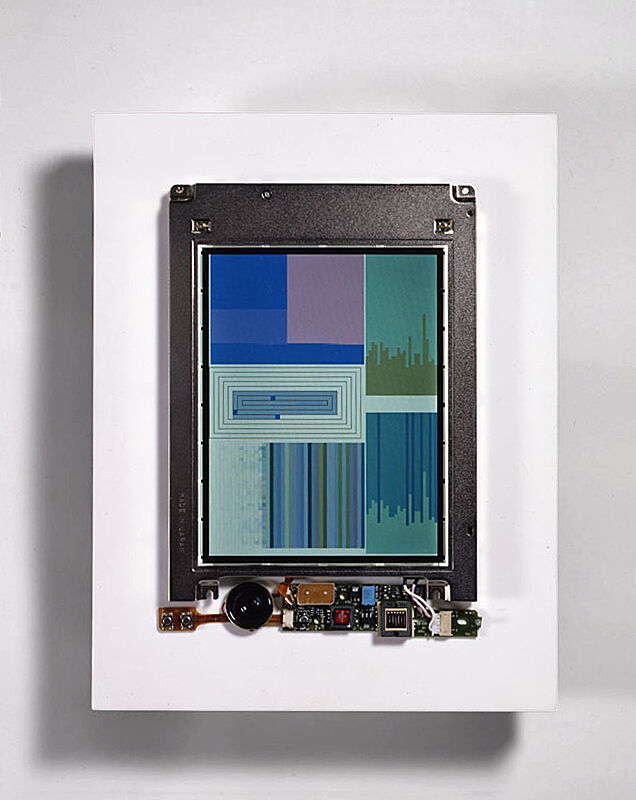Programmed: Rules, Codes, and Choreographies in Art, 1965–2018 | Art & Artists
Sept 28, 2018–Apr 14, 2019
Programmed: Rules, Codes, and Choreographies in Art, 1965–2018 | Art & Artists
Rule, Instruction, Algorithm:
Ideas as Form
1
Artists have long used instructions and abstract concepts to produce their work, employing mathematical principles, creating thought diagrams, or establishing rules for variations of color. Conceptual art—a movement that began in the late 1960s—went a step further, explicitly emphasizing the idea as the driving force behind the form of the work. In his “Paragraphs on Conceptual Art” (1967), Sol LeWitt wrote: “The plan would design the work. Some plans would require millions of variations, and some a limited number, but both are finite. Other plans imply infinity.” The works in this grouping—from Sol LeWitt’s large-scale wall drawing and Josef Albers’s series of nesting colored squares and rectangles to Lucinda Childs’s dances and Joan Truckenbrod’s computer drawings—all directly address the rules and instructions used in their creation. Essential to each is an underlying system that allows the artist to generate variable images and objects.
John F. Simon Jr., Color Panel v1.0, 1999
Color Panel v1.0 is a piece of software art displayed on components of a laptop computer modified by the artist, John F. Simon Jr. The software “controls the screen, draws the composition, picks the colors, [and] moves the colors,” producing constantly evolving compositions of squares and rectangles that deliberately evoke early modernist geometric abstraction. Simon cites the influence of Josef Albers and Johannes Itten, who investigated the apparent changes in hue caused by placing different colors next to one another. Simon addresses the same principles through software that explores color mixing in motion and over time. In each section of the screen, the software chooses from groups of possible color combinations without specifying the exact color to be picked. The color composition is therefore variable and open to chance; its sequences never repeat, progressing over a time frame that approaches eternity.
Artists
- Josef Albers
- Cory Arcangel
- Tauba Auerbach
- Jonah Brucker-Cohen
- Jim Campbell
- Ian Cheng
- Lucinda Childs
- Charles Csuri
- Agnes Denes
- Alex Dodge
- Charles Gaines
- Philip Glass
- Frederick Hammersley
- Channa Horwitz
- Donald Judd
- Joseph Kosuth
- Shigeko Kubota
- Marc Lafia
- Barbara Lattanzi
- Lynn Hershman Leeson
- Sol LeWitt
- Fang-yu Lin
- Manfred Mohr
- Katherine Moriwaki
- Mendi + Keith Obadike
- Nam June Paik
- William Bradford Paley
- Paul Pfeiffer
- Casey Reas
- Earl Reiback
- Rafaël Rozendaal
- Lillian Schwartz
- James L. Seawright
- John F. Simon Jr.
- Steina
- Mika Tajima
- Tamiko Thiel
- Cheyney Thompson
- Joan Truckenbrod
- Siebren Versteeg
- Lawrence Weiner

